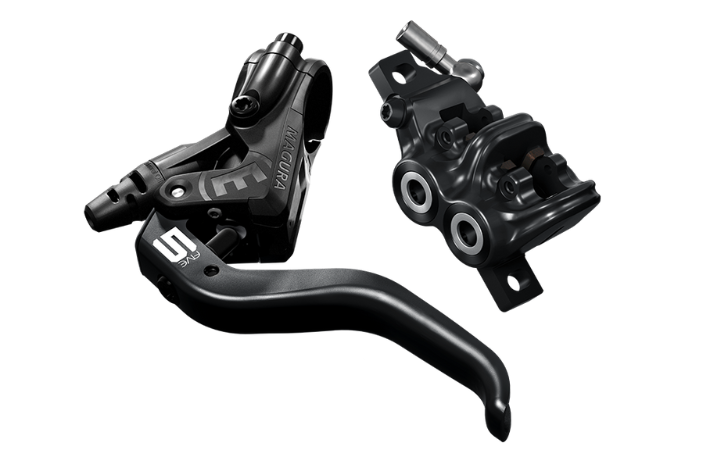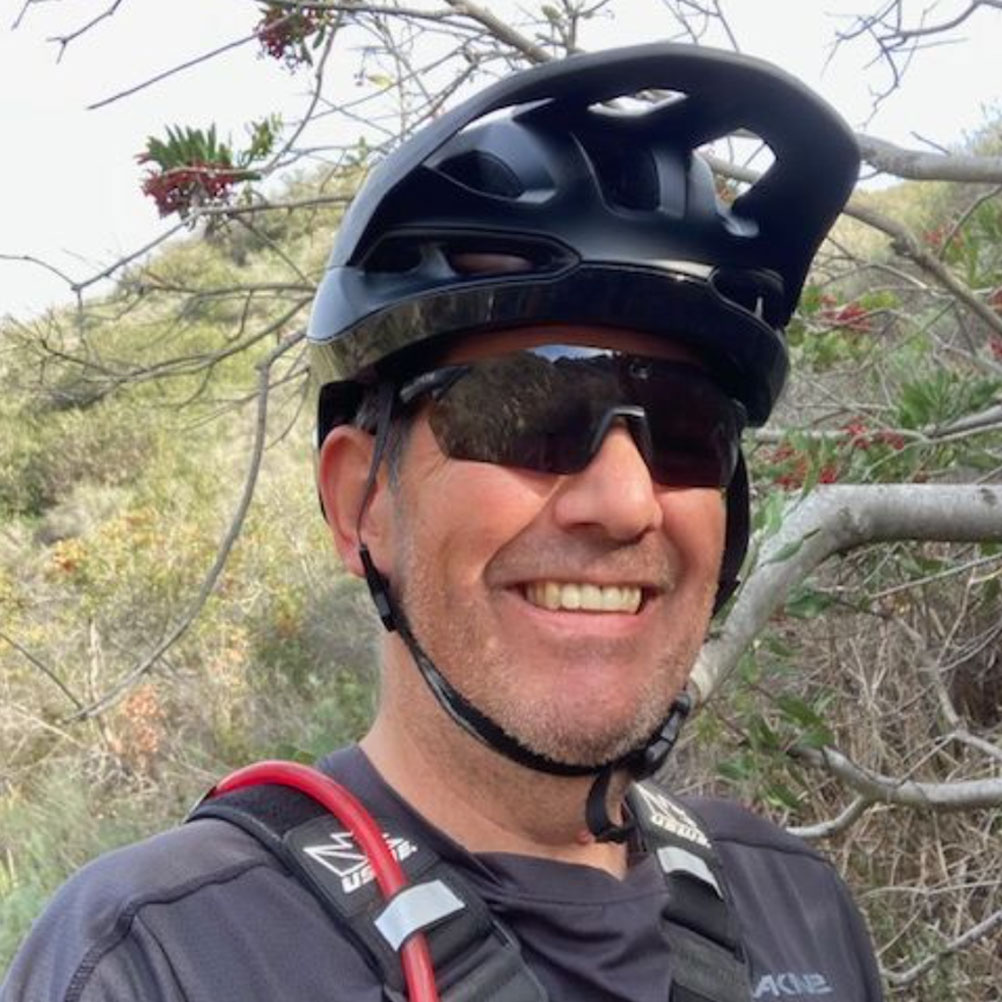Riding any bike, traditional or electric, there are those moments on a hill where you can let go of the brakes and pedal like crazy to blast down it. Those rare moments are fun, especially when the road is straight and there aren’t pedestrians or other traffic in the way. Other, slower-moving road users are the biggest reason you don’t want to go at crazy speeds all the time. Other issues are local traffic laws and design issues that could impact braking or even make the bike fall apart.
Speed Kills
E-bike laws often don’t permit power support over 20 mph. The faster you go, the harder the impact will be should you hit someone or something.
Force is the square of speed. That means that at 20 mph you will have four times the force on impact of hitting someone or something at 10 mph. At 40 mph, 16 times that force. A 40 mph collision with a pedestrian is more than likely to cause a fatality, very possibly including your own.
Where the three-class e-bike system is in force, on most roads and paths you still cannot cycle at over 20 mph. Those states that do permit Class 3 e-bikes often restrict where they can be used – largely keeping you away from pedestrians to prevent high-speed collisions.

A number of brands offer an ‘out of class’ power output on their machines, such as those fitted with the 1000W Bafang Ultra mid-drive motor. They state that this should be used in a full power setting on private land only. Going full blast off-road can be fun, but this is a particular case of watching your own reaction time – how quickly can you respond to a fallen tree or a rock in your path?
Inadequate reaction time is a big killer for all motorized vehicle users, from cars to motorcycles to e-bikes. It could be the rock or tree trunk we touched on above or another vehicle coming at you on a blind curve. Being aware of your surroundings and being able to respond to the unexpected is a good reason to take it easy, whether off-road or on it.
Those on downhill mountain bike runs will often exceed 20 mph for jumps and turns. The motor will cut out at 20 mph, and it is down to you to push as hard as you feel you can. That’s part of the fun of riding these beasts, but there are downsides. Prior to a full-speed run, you should have done a low-speed run to get to know the route. Ideally, pedestrians are not allowed on the run or trail. Such conditions are the exception that proves the rule – overall, high speeds can be hazardous.
Design Flaws

For an e-bike to handle greater speeds, it needs to have more than just a big motor.
Imagine you’re blasting down the hill and see an elderly person walking their dog in front of you. Will you be able to stop in time? Brakes are important. Magura MT5 four-piston hydraulic disc brakes on expensive mountain bikes are specially designed to slow you down from high speeds quickly. As it is, most e-bikes have some sort of disc brakes, but many won’t offer adequate stopping power from extremely high speeds.
For the opposing forces of momentum and brakes to work, you will need a frame and fork that can handle the torsional forces. Many e-bike manufacturers like Juiced Bikes over-engineer their machines so they can take those forces from acceleration to harsh deceleration. If you’re using a conversion kit on a traditional bike, you may end up breaking it when you slam on the brakes. You don’t want your fork to fail when you’re making an emergency stop, perhaps resulting in head and neck injury.
The more power you ask from the motor, the more it will take from the battery. In short, to maintain high speeds all the time you will need a beefy battery. It’s well-understood that mass is the enemy of performance – Elon Musk used that very reason to explain why he refuses to make a 500-mile-range Tesla Model S, for example. Teslas are fun to drive thanks to such a design compromise, and the same applies to e-bikes – the lightest are the most fun, whereas the heaviest with big batteries aren’t as agile.
As well as the issues we’ve highlighted above, it may be difficult to maintain speeds over 28 mph unless you have the gear ratios for it. The best-designed Class 3 e-bikes may have a 10-tooth ‘turbo’ cog on the cassette for high-speed cruising. A 12-tooth cog may well be too big to ride without pedaling at a furious cadence. As such, even if you did ‘de-limit’ the speed governor on your e-bike, you’d be pedaling so hard that the fun goes out of riding it.
The Law!
Having covered a range of reasons why a reasonable, considerate rider won’t like a superfast e-bike, we must now look at traffic laws. Bicycle industry group PeopleForBikes has successfully lobbied upwards of 35 states to apply sensible laws to e-bikes, generally understood as the ‘Three Class E-bike System’. You can look at our take on the three-class e-bike system in a resource article here.
If law enforcement does find out that you are riding your electric bike illegally you can be fined or have the machine confiscated. If you have caused an accident, this will be considered in the legal proceedings against you.
Other than the National Park Service regulations on e-bike use on federal lands, there is no central federal law on e-bikes. Before you buy your e-bike, have a look at the resource above to see whether you are legally permitted to ride a machine capable of higher speeds at all. One of the difficulties of e-bikes being regulated at state level is that you will have to get to grips with the local laws before you buy or ride one. If taking it to another state, perhaps on an RV vacation, you need to be aware of that state’s laws too.
Over to You!
As a final thought, one of the prices of freedom is that you need to be personally responsible. You certainly don’t want to harm others or end up in a hospital yourself. It can be fun going like a bat out of hell from time to time, but certainly not all the time. Be aware of your bike’s limitations and other road, path, and trail users, and be safe. Being safe often means going a little slower, and that benefits you and everyone around you.



